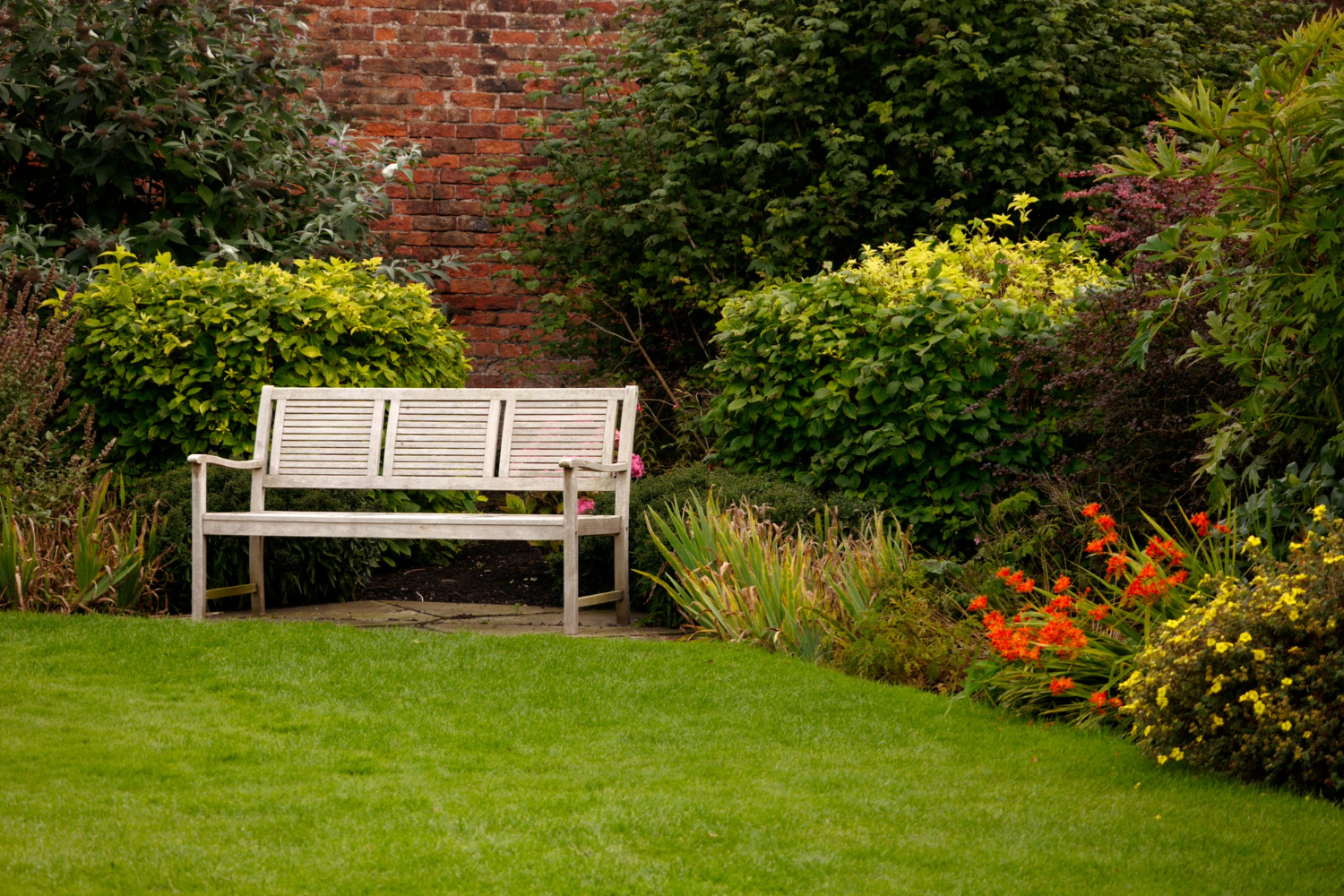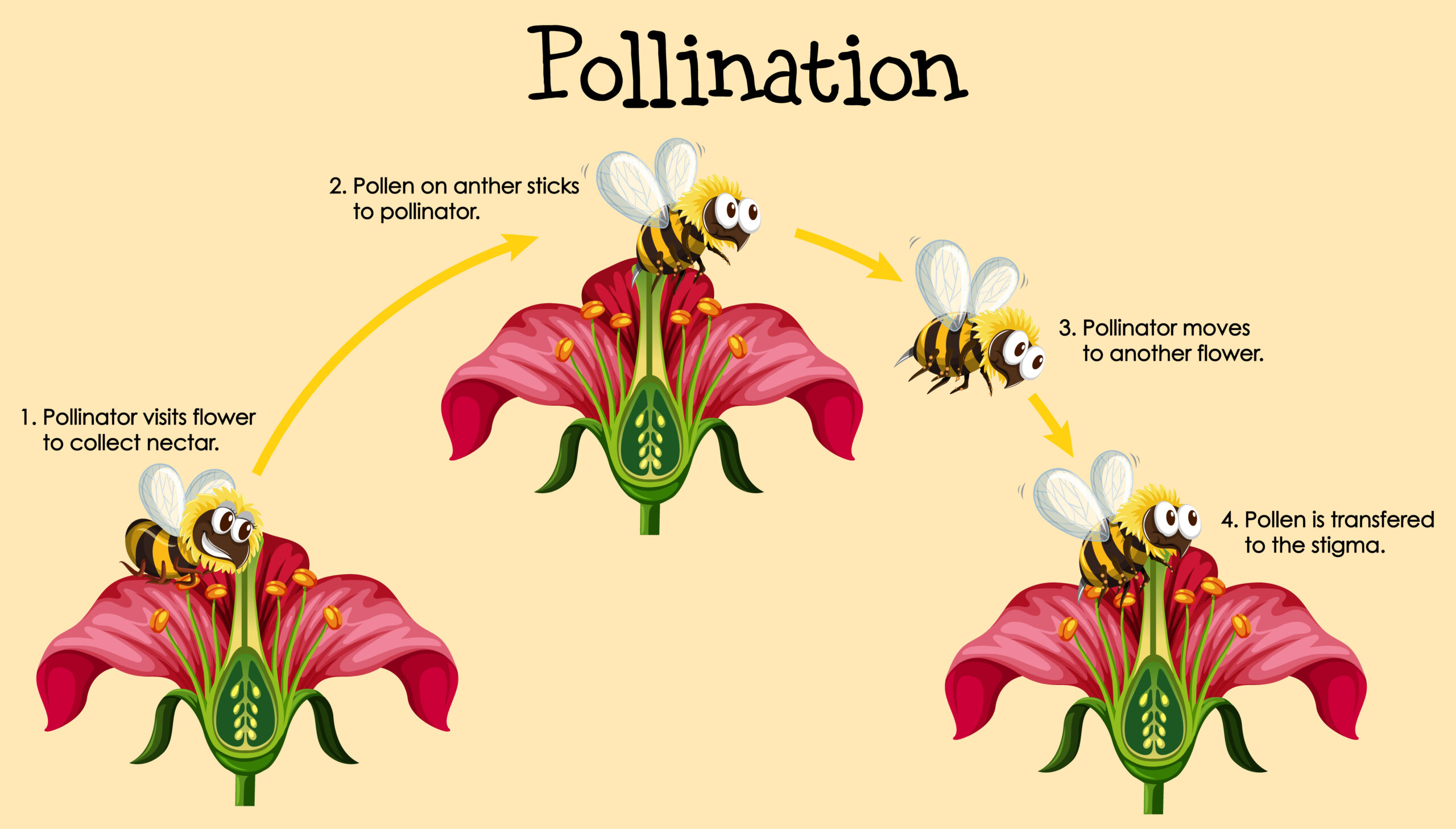Are you tired of constantly watering your garden during the dry summer months? Do you want to save water and create a beautiful, low-maintenance garden that can withstand drought conditions?
Creating a drought-tolerant home garden is easier than you may think. By choosing the right plants, preparing your soil, and implementing water-efficient techniques, you can create a garden that requires less water and still thrives in hot, dry weather.
In this article, we will provide you with the knowledge and tools you need to create a stunning and sustainable garden that can withstand even the toughest drought conditions.
So, grab your gardening gloves and let’s get started!
Choosing the Right Plants for Your Garden
Picking the appropriate flora for your outdoor plot can make all the difference when it comes to maintaining a sustainable and thriving oasis.
The first step in creating a drought-tolerant garden is to select plants that are well-suited for your geographical location and soil type. Plant selection criteria should be based on the plant’s tolerance to drought, ability to withstand high temperatures, and low water requirements.
When designing a drought-tolerant garden, it’s important to choose plants that complement each other in terms of their water needs and growing habits.
You can group plants together in a way that maximizes water efficiency and minimizes water waste. For example, group plants with similar water requirements together, and place them in areas of your garden that receive the same amount of sunlight and shade.
By selecting the right plants for your garden, you can create a beautiful and sustainable outdoor space that requires minimal maintenance and conserves water.
Preparing Your Soil for Drought-Tolerant Plants
Before planting your drought-tolerant garden, it’s important to prepare your soil to maximize plant growth and health. Soil amendments are a critical component of this process, as they help to improve soil structure, texture, and nutrient content.
You can use a variety of soil amendments to condition your soil, including compost, topsoil, and organic matter. Composting techniques can be especially effective in improving soil health, as they help to break down organic material into a nutrient-rich soil amendment that can be used to improve soil fertility and structure.
One effective composting technique is to create a compost pile using a mix of green and brown organic matter, such as grass clippings, leaves, and food scraps. The pile should be turned regularly to ensure proper aeration and decomposition.
Once the compost is ready, it can be added to your soil to improve its nutrient content and structure. By taking these steps to prepare your soil, you can help ensure that your drought-tolerant plants have the best possible chance of thriving in your home garden.
Watering Techniques for a Water-Efficient Garden
To make the most of your water-efficient garden, you’ll want to learn about watering techniques that can help reduce your water usage by up to 50%.
One technique is rainwater harvesting. This involves collecting rainwater in barrels or tanks and using it to water your plants. You can set up a rainwater harvesting system by installing gutters on your roof and directing the water into a storage container. This technique not only conserves water, but it also provides plants with the natural nutrients they need to thrive.
Another technique is using an irrigation system. There are different types of irrigation systems, such as drip irrigation and soaker hoses, that can deliver water directly to the roots of your plants, reducing evaporation and minimizing water waste.
Drip irrigation involves using small tubes or pipes with small holes that allow water to drip slowly onto the soil. Soaker hoses, on the other hand, release water directly into the soil through small pores. By choosing the right irrigation system for your garden, you can ensure that your plants receive the proper amount of water they need to grow, while also conserving water.
Mulching and Other Techniques for Retaining Moisture
You’ll love how mulching and other techniques for retaining moisture can keep your plants healthy and vibrant, even during hot and dry spells.
One effective method is rainwater harvesting, which involves collecting rainwater in barrels or cisterns. You can then use this water to irrigate your garden during droughts. To maximize the effectiveness of rainwater harvesting, make sure to position your collection containers in areas where they can catch the most rainfall.
Another technique to retain moisture is xeriscaping, which involves designing your garden to minimize water usage. This can include choosing drought-tolerant plants, grouping plants with similar water needs together, and using mulch to reduce evaporation.
Mulch is a layer of material, such as leaves or wood chips, that is spread over the soil to help retain moisture. It also helps to suppress weeds and regulate soil temperature.
By using mulch and other water-efficient techniques, you can create a beautiful and sustainable garden that thrives even in dry conditions.
Maintenance Tips for a Thriving Drought-Tolerant Garden
Maintaining a thriving drought-resistant garden is like tending to a delicate ecosystem, where every plant and element plays a crucial role in its survival. Drought resistant landscaping or Xeriscaping design ideas, which include using plants that require minimal water, can help reduce the amount of maintenance needed for your garden. However, your garden still requires regular attention to thrive.
Here are some maintenance tips to keep your drought-tolerant garden healthy and beautiful all year round. First, water your plants deeply and infrequently. This will encourage the plants to grow deeper roots, making them more drought-resistant. Watering deeply also helps to prevent surface evaporation.
Second, remove weeds regularly, as they compete with your plants for water and nutrients. Third, prune your plants to keep them healthy and prevent overcrowding. This will also help to reduce water consumption. Fourth, fertilize your plants with organic fertilizers to promote healthy growth and improve water retention.
Lastly, monitor your garden regularly for pests and diseases. Early detection and treatment can prevent severe damage to your plants and reduce the need for additional watering. By following these tips, you can maintain a thriving drought-tolerant garden that requires minimal maintenance.
Conclusion
Congratulations! You’re now equipped with the knowledge and skills to create a beautiful and thriving drought-tolerant home garden.
By choosing the right plants, preparing your soil, implementing water-efficient techniques, and maintaining your garden, you can create a sustainable outdoor oasis that will not only save you time and money but also benefit the environment.
Remember, a drought-tolerant garden is not just about conserving water, it’s also about creating a resilient and self-sufficient ecosystem that can withstand the challenges of our changing climate.
So go ahead and put your green thumb to work, and enjoy the fruits of your labor while contributing to a healthier and more sustainable planet.
As the famous poet, Rumi, once said, "The garden of the world has no limits, except in your mind."









